Sarà esponse Roma dal 26 September 2014 to the 25 January 2015, at the Ara Pacis Museum, the retrospective exhibition Henri Cartier-Bresson cura di Chéroux.
The large exposure, carried out by the Centre Pompidou in Paris in collaboration with the Foundation Henri Cartier-Bresson, is promoted by Roma Capitale Department of Culture, Creativity and Artistic Promotion – Superintendence of Cultural Heritage Capitolina and produced by contrast and Zètema Culture Project and is presented exactly ten years after the death of Henri Cartier-Bresson.
Chéroux is photography historian and curator at the Centre Pompidou, National Museum of Modern Art, in the past stayed in Rome as a fellow of the Academy of France in Rome – Villa Medici.
The genius for composition, the extraordinary visual intuition, the ability to seize the fleeting moments as the most insignificant, make Henri Cartier-Bresson (1908 – 2004) one of the greatest photographers of the twentieth century. In the course of his long career, traveling the world and turning to look at the great moments in history, Cartier-Bresson was able to combine the power of testimony poetry
The exhibition offers a new reading of the immense corpus of images of Cartier-Bresson, covering the entire life of a professional photographer. The exhibition will include over 500 tra work photo, drawings, paintings, film and documenti, bringing together the most important icons but also the less well-known images of the great master: 350 stampe Vintage epoca, 100 documents including newspapers, newspaper clippings, magazines, manuscripts, film, paintings and drawings.
The exhibition offers a double vision: traces the history of the work of Cartier-Bresson, to show the evolution of his artistic journey in all its complexity and variety, and, at the same time, collects and "represents" the history of the twentieth century through the eyes of his photographer.
From Surrealism to the Cold War, the Spanish Civil War to the Second World War and decolonization, Cartier-Bresson was one of the great witnesses of our history; "The eye of the century", as has been rightly defined.
The exhibition is divided into nine parts. After an Introduction, other sections correspond to the different stages of the life and work of Cartier-Bresson:
1- Prime photo: years of apprenticeship, relations with the Americans in Paris, photographic influences, the journey in Africa.
2- Travel Photography: il Surrealismo, the "objective case", the photographic wanderings in Spain, Italy, Germany, Poland and Mexico.
3- The political commitment: New York con Paul Strand e il Nykino group, Paris with Jean Renoir and the Association of revolutionary writers and artists (AEAR), the Communist press with Robert Capa and Louis Aragon.
4- The war: the film on the Spanish Civil War, activity during the Second World War (Army photographer, prisoner, fugitive, Resistance fighter) to document the return of prisoners.
5- Il reporter: The foundation of the Magnum Photos, reportage in China and India, Gandhi's funeral.
6- The professional reporter: The first photojournalist to join in the USSR after Stalin's death. E poi Cuba, "The Man and the Machine" and the series Vive la France.
7- The photograph after photograph: The end of reportage photography and a more contemplative. Returns to the drawing.
8- Reconnaissance: the time of the survey, reconsideration of the archives (documents at work), retrospective exhibitions and books. The iconisation of Henri Cartier-Bresson.
Info
Henri Cartier-Bresson
Ara Pacis Museum, Lungotevere in Augusta, Rome
Open to the public 26 September 2014 to the 25 January 2015
Tuesday to Sunday hours 9.00 – 19.00
Fridays and Saturdays, the exhibition is open until 22.00
(daily hours 9.00 – 21.00)
www.arapacis.it, www.museiincomuneroma.it

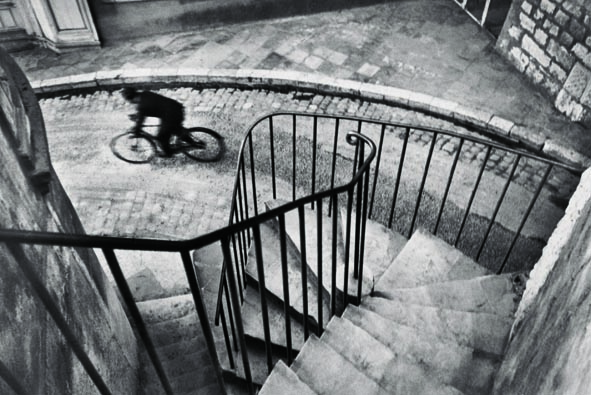
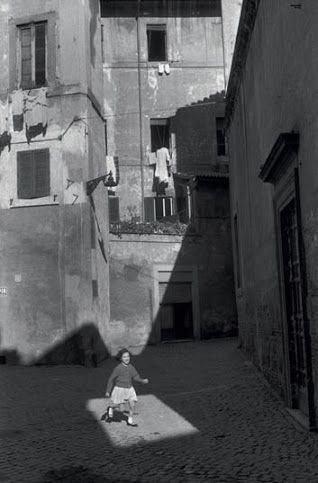
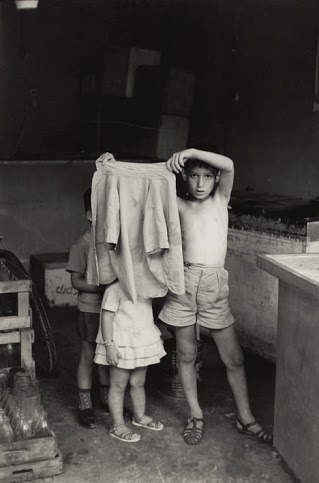
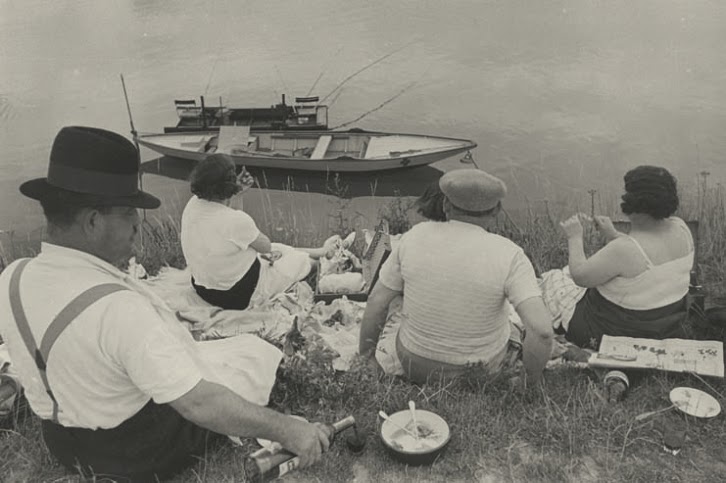
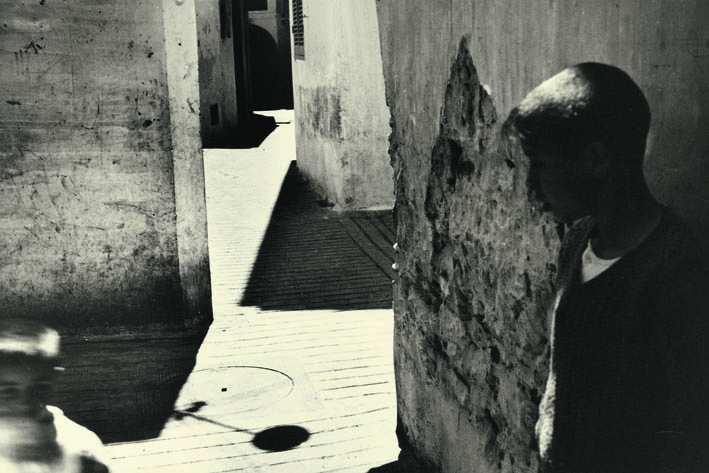
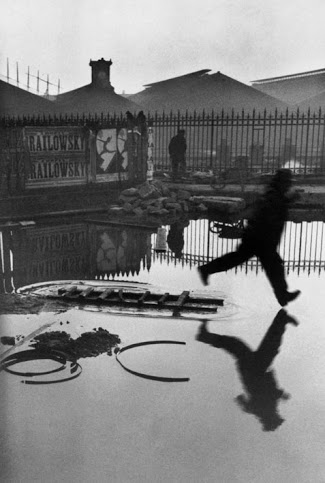
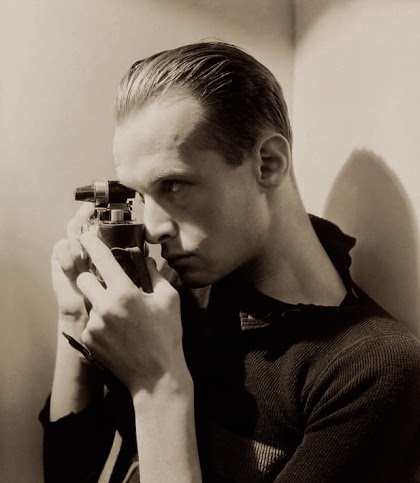

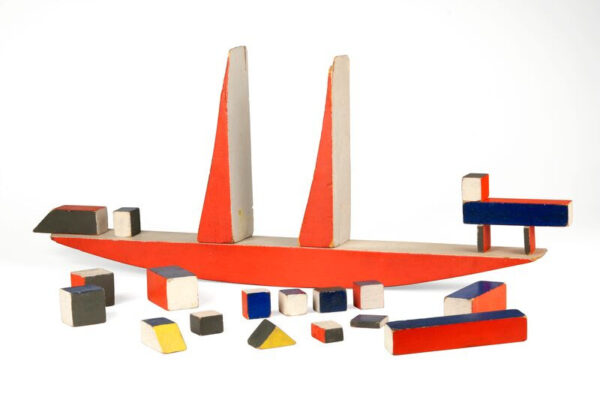
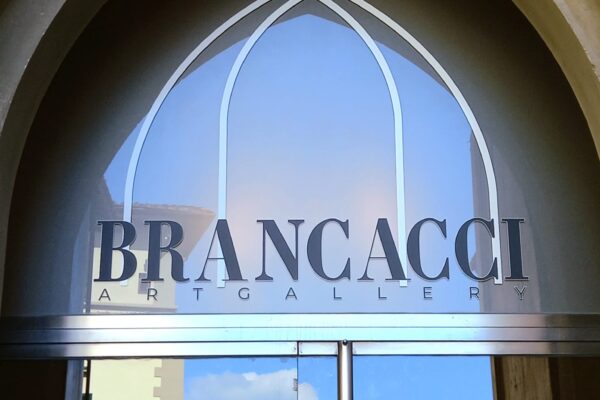

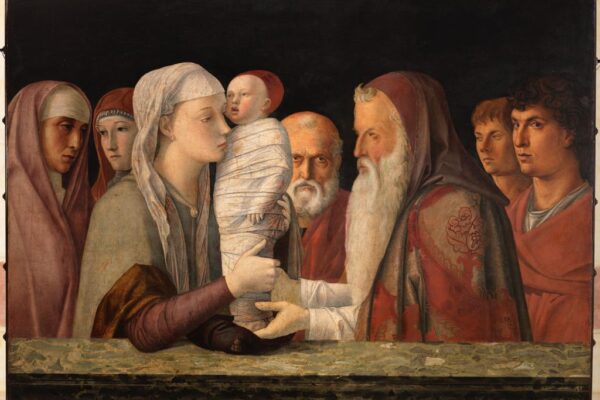


Leave a Reply